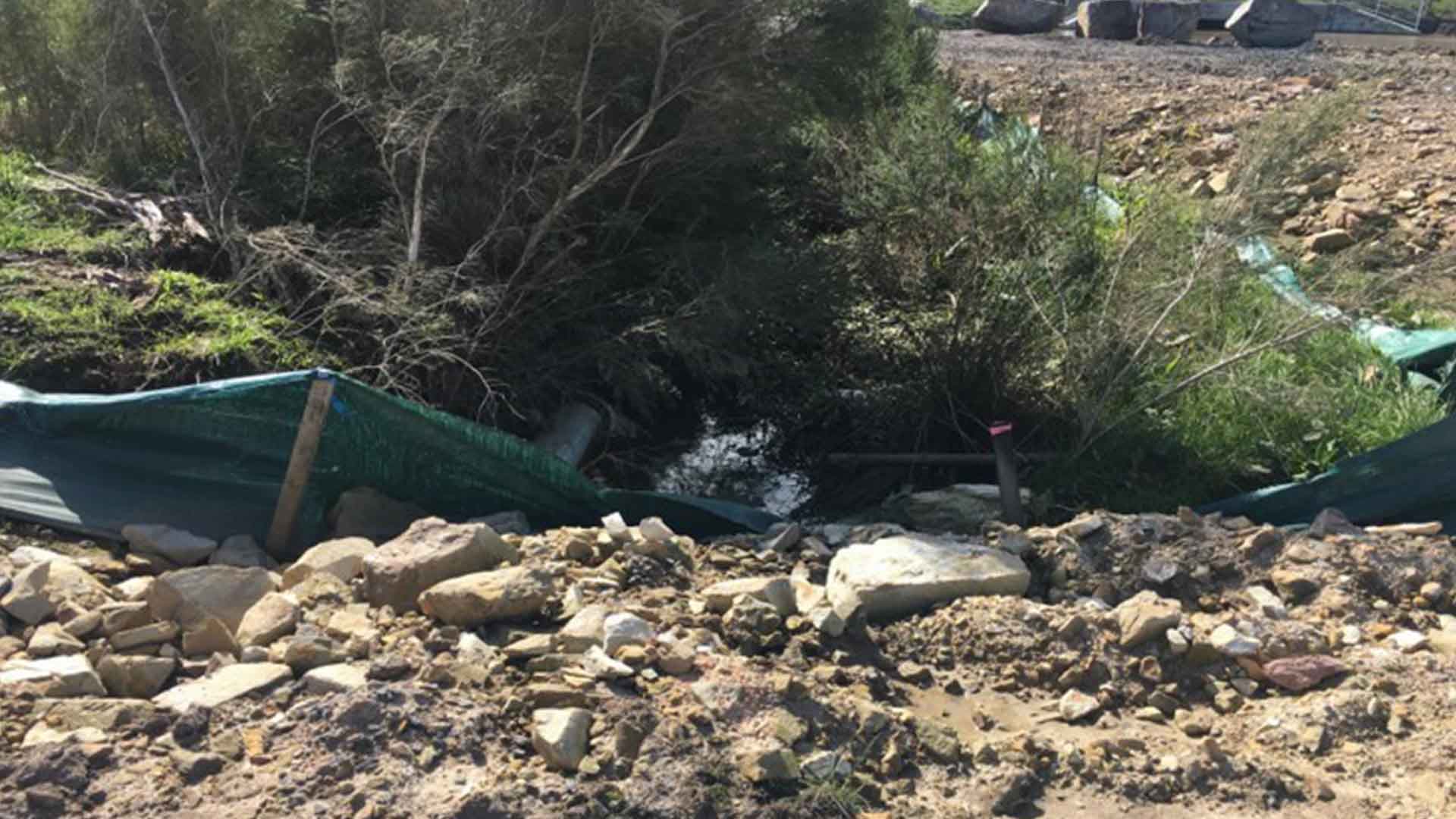Progress towards zero impact from urban development
Background
Fine sediments mobilised by the channelisation of rivers have been identified as a significant threat to environmental values in Western Port, particularly important seagrass habitats (Melbourne Water, 2018). The largest sediment sources are thought to be from the stream bank and gully erosion. Recent evidence suggests that changes in agricultural practices and urban development are also impacting catchment sources. Associated with sediments are pollutants which can have significant ecological impacts on the flora and fauna of the waterways and bays.
Approach
This case study project aims to:
- Understand the concentrations and effects of pollutants attached to sediments generated from urbanising areas relative to existing urban and agricultural areas in the Westernport catchment.
- Determine if current sediment controls are sufficient and if not, recommend options for increasing the protection of waterway health during urban development.
The project is a collaboration with Melbourne Waterway Research-Practice Partnership (MWRPP) Project B2.
Stage 1: Pre-development Herbicides Fungicides Nutrients |
Stage 2: Bulk earthworks 0 - 9 months Low level of Pollutants |
Stage 3: House construction 9 - 12 months Insecticides |
Stage 4: Landscaping 1-4 years Increase in Insecticides Heavy metals? |
Stage 5: Complete 4+ years Increase in Heavy Metals Insecticides
|

Progress to date
Sampling and monitoring of sediments an pollutants within a local creek and wetlands in an urbanising estate in Officer as well as additional monitoring of two urbanising estates in the area is complete.
See Download 2022 results summary or access this HWS midterm review summary via: https://healthywaterways.com.au/resources/documents for details
Expected Outcomes
- Understanding of the effectiveness of current sediment control methods during urban development to reduce sediments and associated pollutants to streams, wetlands, estuaries and the bay across the Westernport catchment
- Determining the relative contribution of sediment loads generated during urban development compared to existing urban and agricultural areas to support achievement of Healthy Water Strategy and EPA State Environmental Protection Policy objectives for sediment load reductions to Western Port
Completed 2023
Contact: claudette.kellar@rmit.edu.au
Resources: EPA 2023 Construction demolition guideline 1834 - Guidance Sheet 4: Termite pesticide starts on page 89


